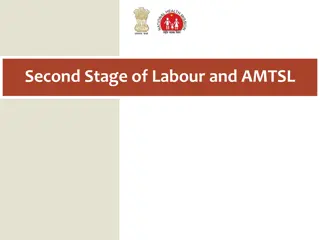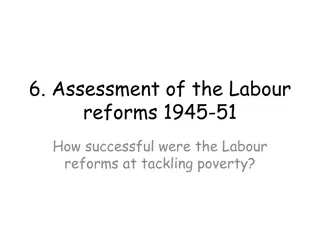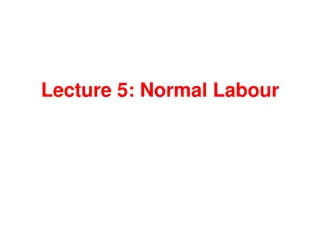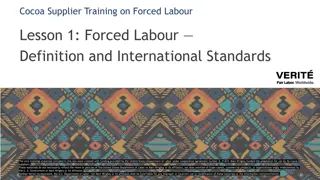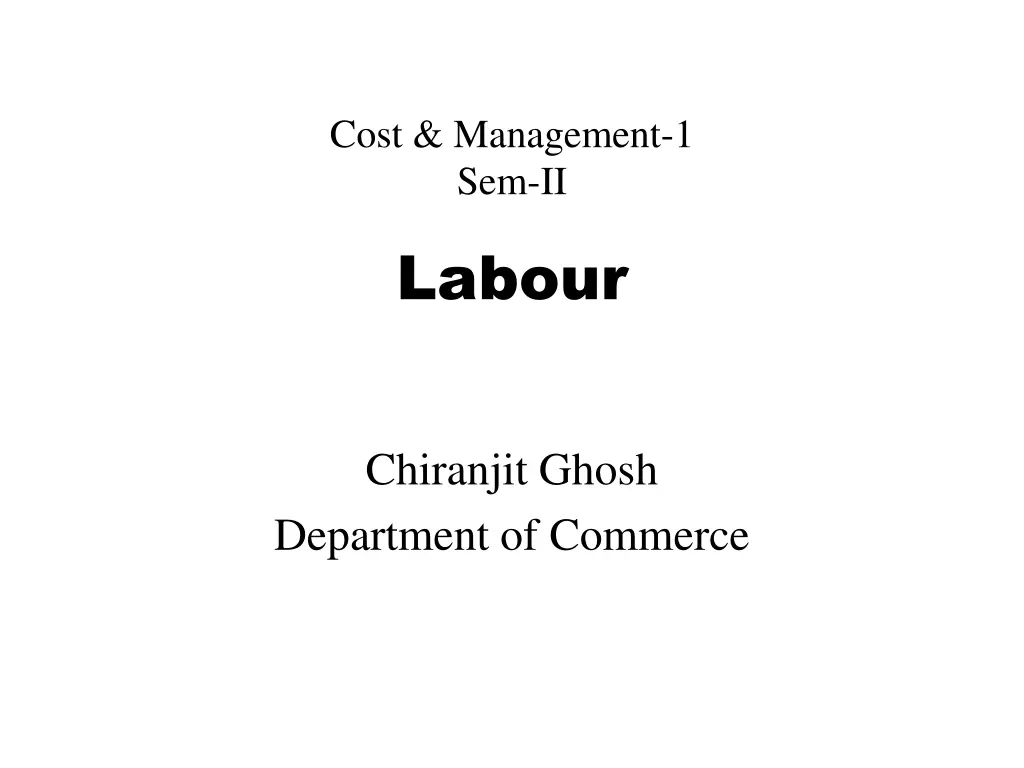
Labor Engagement and Remuneration Methods in Cost Management
Explore the types of labor engagement, timekeeping methods, and various remuneration techniques in the field of cost and management. Learn about regular, casual, hired, and skilled labor, as well as different wage systems including time-based and output-based remuneration methods.
Download Presentation

Please find below an Image/Link to download the presentation.
The content on the website is provided AS IS for your information and personal use only. It may not be sold, licensed, or shared on other websites without obtaining consent from the author. If you encounter any issues during the download, it is possible that the publisher has removed the file from their server.
You are allowed to download the files provided on this website for personal or commercial use, subject to the condition that they are used lawfully. All files are the property of their respective owners.
The content on the website is provided AS IS for your information and personal use only. It may not be sold, licensed, or shared on other websites without obtaining consent from the author.
E N D
Presentation Transcript
Cost & Management-1 Sem-II Labour Chiranjit Ghosh Department of Commerce
Types of Labour Engagement: Regular Labours. Casual Labours. Hired Labours. Out Workers. Skilled: Skilled Labour Unskilled Labour
Time Keeping Manual Recording Hand Recording Dise/Token Recording Mechanical Recording Time clock Method Dial Recording Method Key Recording Method
Methods of Remuneration/Wages On the basis of Time Time Rate System High Wages Plan Graduated Time Rate System Differential Time Rate System On the basis of Output Straight Piece Rate System Taylor Differential Piece Rate System Merrick Differential Piece Rate System Gantt Task Bonus System Emersion Efficiency system Premium Bonus Plans Halsey Scheme Rowan Scheme
Graduated Time Rate System Fixed Rate (depends on nature of work) + Variable Rate (depends on individual merit/cost of living)
Differential Time Rate System Efficiency Level : Wage Rate (Rs.) 2.00 2.20 2.40 2.60 = 60% >60% but </=65% >65% but </=70% >70% but </=75% so on
Taylor Differential Piece Rate System Introduce by F.W.Taylor Efficiency Level: Wage rate < 100% 83% of time rate (lower rate) 125% of time rate (higher rate) + Incentive (50% of time rate) =/> 100% ???????? ???? ?????? ???? ????????? % ?????????? = On the basis of time: ?????? ?????? ???????? ?????????? ?? ? ? ???? ?? ??????: % ?????????? =
Merrick Differential Piece Rate System Also known as Multiple piece rate system Efficiency Level: upto831 3% Normal Rate between 831 3% & 100% 110% of Normal rate above 100% 130% Normal rate
Premium Bonus Plans - Halsey Scheme Introduce by F.A.Halsey Wages System- Guaranteed wages for all workers Plus Bonus for efficient workers (Bonus = Time wages for 50% of time saved.) Actual time taken (A) x Hourly wage rate (R) = ******* 50% of Time saved* (TS) x Hourly wage rate = ******* Total Wages *Time Saved = Standard time allowed Actual time taken Total Wages = ? ?(A + TS) x R
Premium Bonus Plans - Rowan Scheme Introduce by David Rowan Wages System- Guaranteed wages for all workers Plus Bonus for efficient workers (Bonus = Proportion of time saved.) Actual time taken(A) x Hourly wage rate = ******* ???? ?????(??) ???????? ????(?)x Actual time taken X Hourly wage rate(R) = ******* Total Wages Time Saved = Standard time allowed Actual time taken Total Wages = A X R + (?? X A x R) ?











